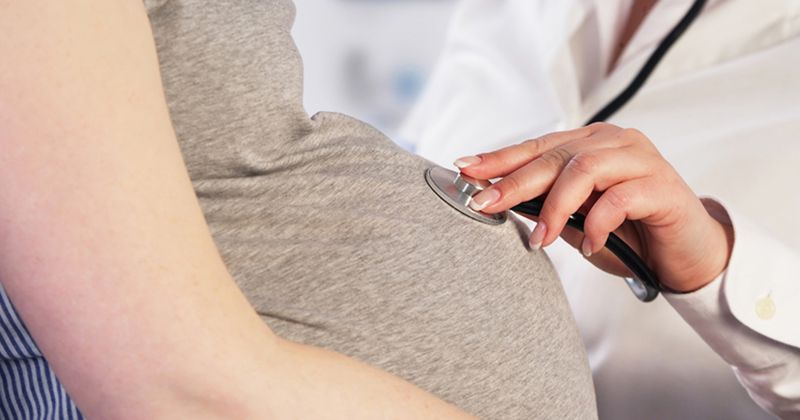Prenatal phthalate exposure reduces lung function in childhood
Gestational exposure to phthalates was linked to lower FVC and FEV1 during childhood, particularly early childhood, with four phthalates demonstrating a significant association, concluded recent results.
“Research has consistently found that gestational phthalate exposure is associated with increased risk of childhood asthma, but the evidence on its possible association with lung function is scarce and unclear," Magda Bosch de Basea Gómez, PhD, a postdoctoral research fellow in non-communicable diseases at the Barcelona Institute for Global Health at the time of the study and currently an epidemiologist with TFS HealthScience, said in a press release.

This led Bosch de Basea Gómez and colleagues to assess the association between gestational exposure to phthalates — chemical compounds used in plasticizers, lacquers and varnishes that are found in common products such as toys, food packaging, clothing, detergents and cosmetics, according to the press release — on childhood lung function levels at different ages (from 4 to 11 years) and over the whole childhood.
For the study, researchers included 641 gestating women from the INMA study, conducted in Spain, and measured nine phthalate metabolites — mono-ethyl phthalate (MEP), mono-iso-butyl phthalate (MiBP), mono-n-butyl phthalate (MnBP), mono-2-carboxymethyl hexyl phthalate, mono-benzyl phthalate (MBzP), mono-2-ethyl-5-hydroxyhexyl phthalate, mono-2-ethyl-5-oxohexyl phthalate, mono-(2-ethyl-5-carboxypentyl) phthalate and mono-(2-ethyl-hexyl) phthalate — in urine.
In addition, the researchers assessed FVC, FEV1 and FEV1/FVC in the women’s offspring at ages 4, 7, 9 and 11 years.
Results revealed associations between gestational levels of phthalate metabolites and lower FVC and FEV1 at all ages, both when evaluated individually and jointly as a mixture; however, most of these associations did not reach statistical significance.
Researchers noted that a 10% increase in MiBP was connected to significantly lower FVC (0.02; 95% CI, 0.04 to 0) and FEV1 z scores (0.02; 95% CI, 0.04 to 0.01) at age 4. A 10% increase in MEP also was associated with reductions in FVC z scores at age 9 (–0.013; 95% CI, –0.026 to –0.001).
Researchers also observed comparable and significant reductions in FVC at age 4, associated with an increase in MEP, and at age 7, associated with an increase in MnBP.
Reductions in FEV1 at age 4 were associated with increases in MBzP. Furthermore, Weighted Quantile Sum regression consistently found that MBzP was a key contributor to the phthalate mixture effect.
“The use of some phthalates is already banned in certain consumer products in the European Union,” Maribel Casas, PhD, assistant research professor at the Barcelona Institute for Global Health, said in the release. “Although the associations observed in our study are relatively small in magnitude, the ubiquity of these substances and their known effects as endocrine disruptors in children lead us to suggest that these regulations should be extended to additional phthalates and to those countries that do not yet apply these restrictions.”
Reference:
- Study links prenatal phthalate exposure to reduced childhood lung function. https://www.sciencedaily.com/releases/2022/10/221003090610.htm. Published Oct. 3, 2022. Accessed Oct. 26, 2022.
